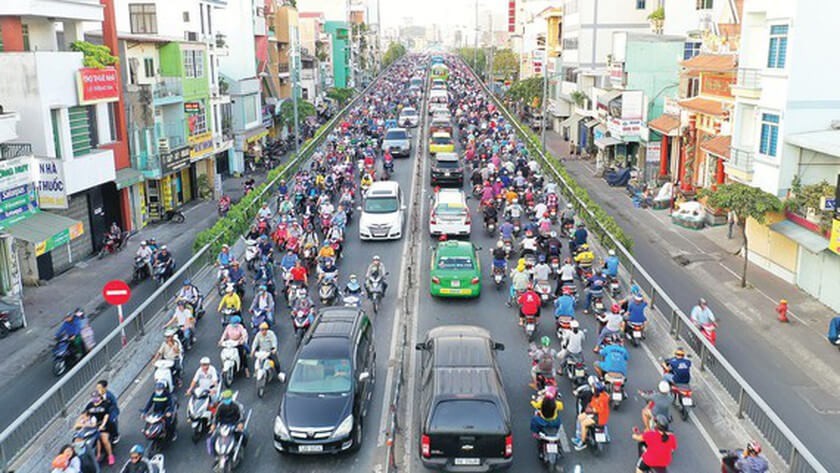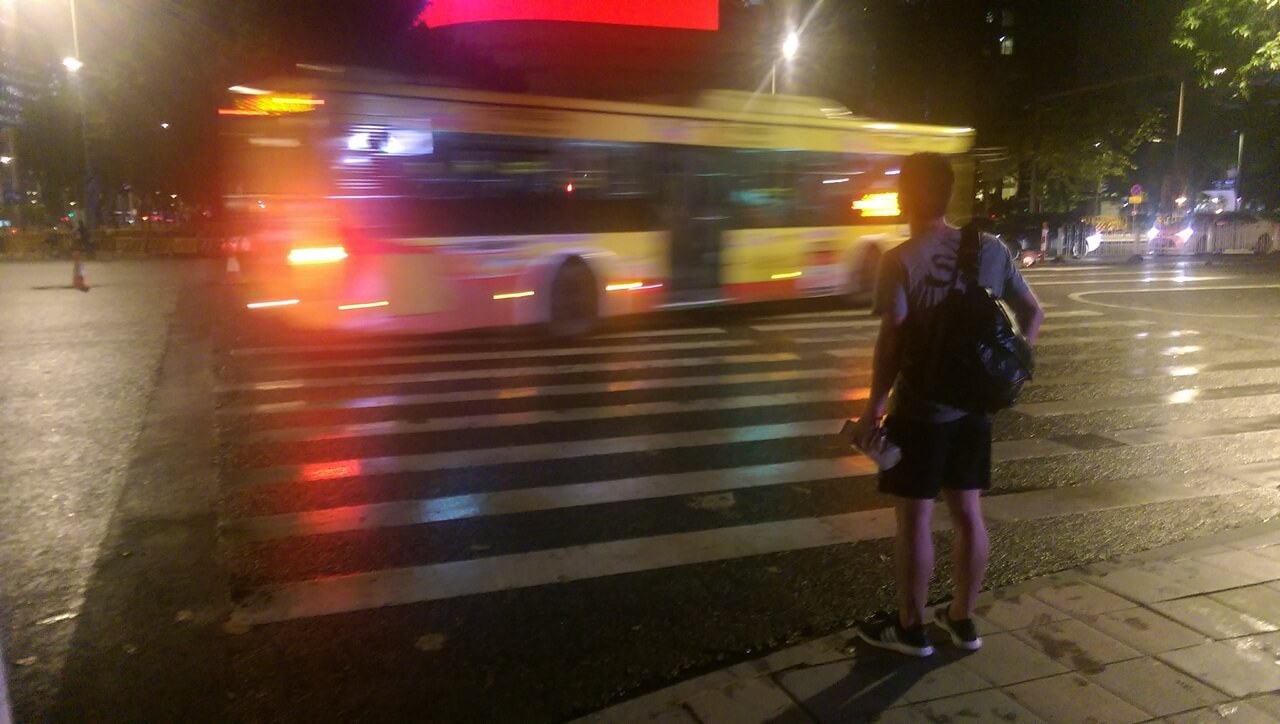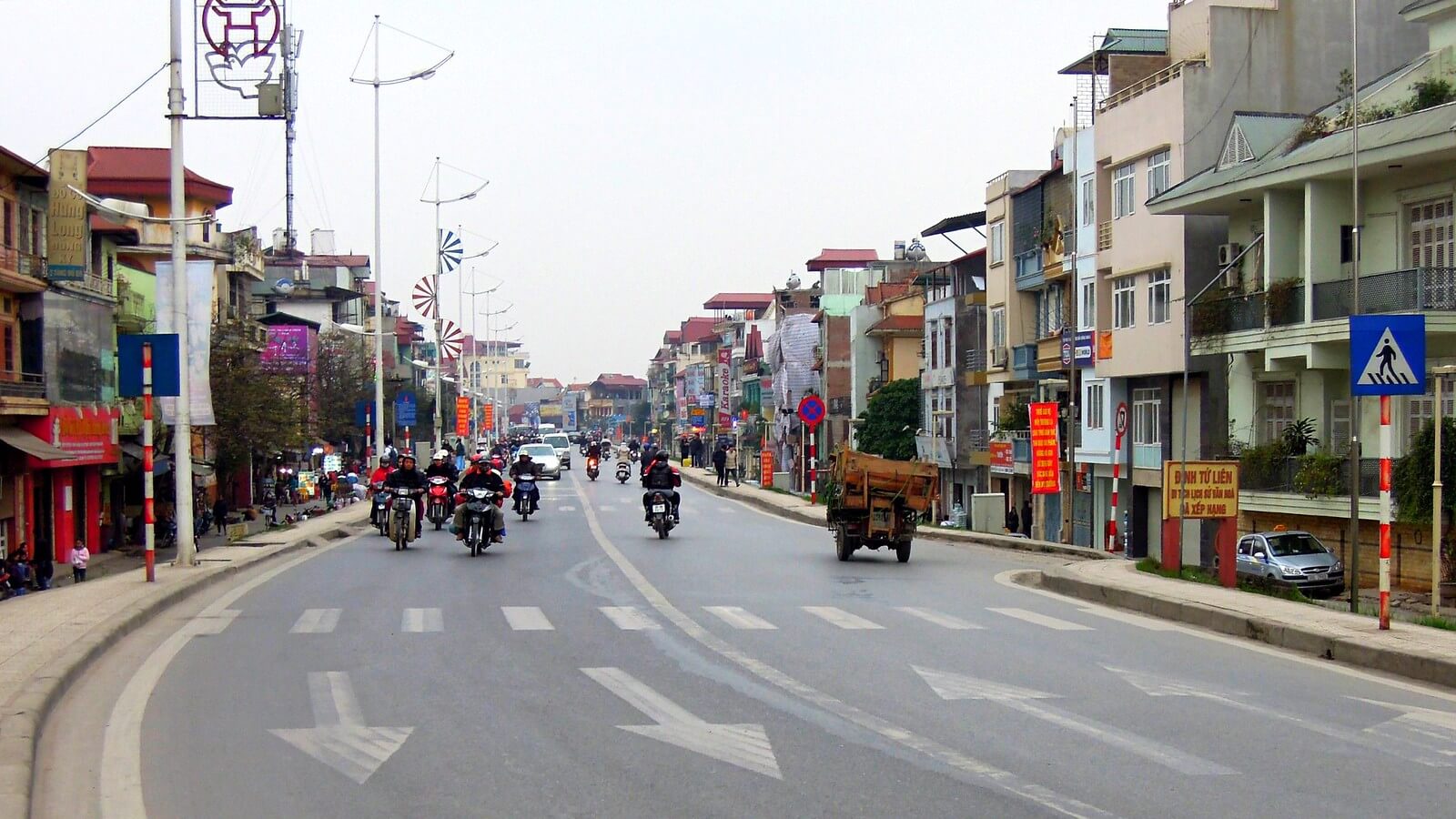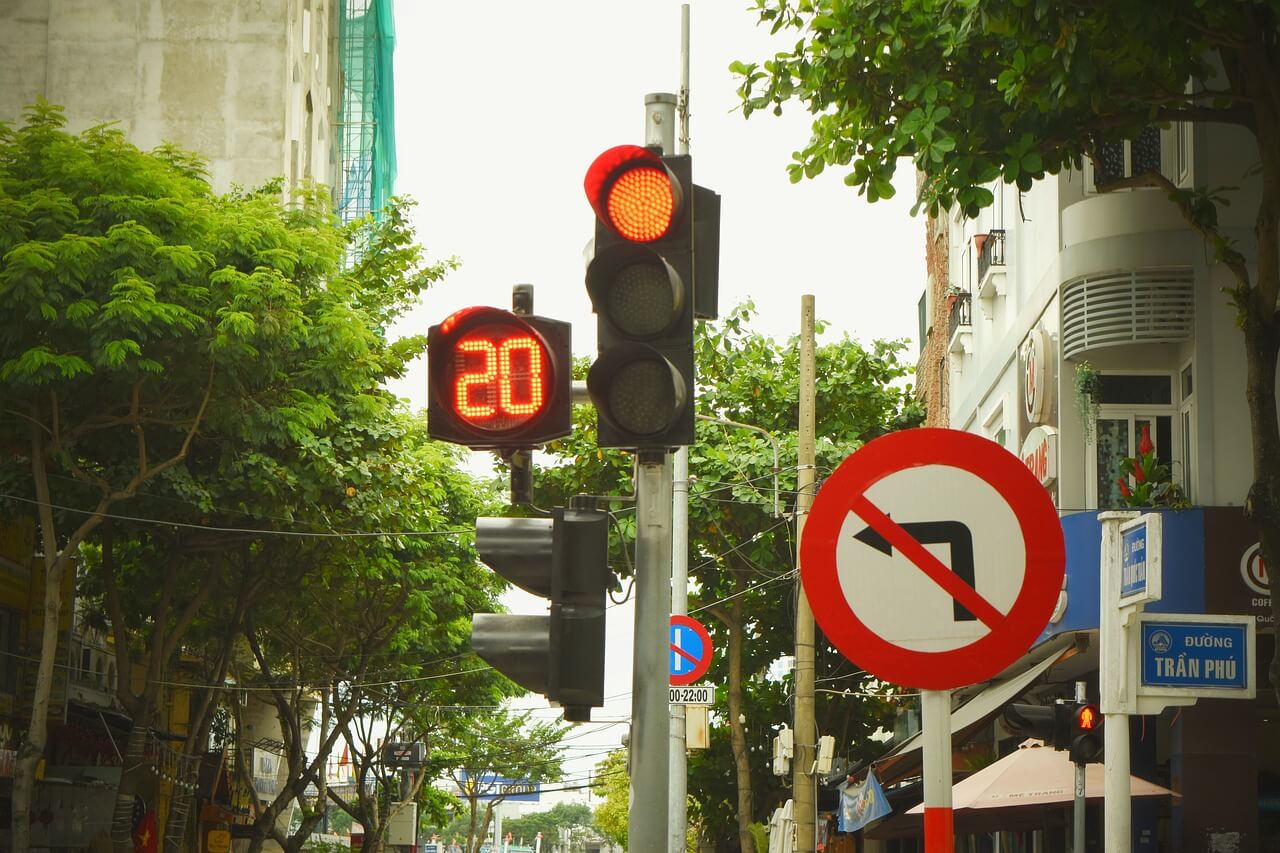Crossing the road in Vietnam can be a daunting experience, especially for those unfamiliar with the country’s traffic dynamics. The bustling streets filled with an endless flow of motorbikes, cars, buses, and other vehicles can make even the most seasoned traveller hesitate. However, with the right techniques and an understanding of local traffic behaviour, you can safely navigate the roads in Vietnam. This article provides essential tips on how to cross the road safely in both the North and South of Vietnam, as well as important insights into local traffic rules and practices.
Understanding Vietnamese Traffic Culture
Vietnamese traffic operates differently from what many expats are accustomed to. The streets are often crowded, and traffic rules are sometimes more of a suggestion than a strict guideline. Pedestrians are not given the same priority as in many Western countries, and vehicles often have the right of way. This requires a different approach to crossing the street, where assertiveness, awareness, and understanding of local practices are essential.

Traffic in Vietnam can seem terrifying!
The Importance of Making Yourself Visible
One of the unique techniques used by locals to safely cross the road in Vietnam is raising their arm while crossing. This serves as a signal to drivers and riders that you are about to cross, and it increases your visibility in the busy traffic. You may feel silly doing such a thing but it is common practise and motorbike riders will usually adjust their speed or path to go around you.
It is important to also walk at a steady pace – not to be scared midway through and jog or run across. Motorbike riders are accustomed to pedestrians walking across the road and working out whether to go to the left or the right of pedestrians according to the expected speed of crossing. If you suddenly change this speed, then the motorbike calculation will be incorrect and there is much more chance of a collision therefore do not make sudden movements or stop abruptly, as this can confuse drivers.
Read more: How To Use Grab Taxi in Vietnam + Alternatives: A Complete Guide

Raise your hand when crossing the road so that you are visible
Zebra Crossings: A Cautionary Tale
In many countries, zebra crossings are considered safe zones for pedestrians, where vehicles are required to stop and allow people to cross. However, in Vietnam, zebra crossings are not adhered to – while they are marked on the road, the reality is that vehicles do not stop for pedestrians.
When approaching a zebra crossing, do not assume that vehicles will automatically stop for you. Instead, use the crossing as a guide for where to cross, but continue to apply the other safety techniques described here, such as raising your arm and making eye contact with drivers.

Zebra crossings do not have the same significance in Vietnam as in Western countries
Traffic Lights and the Green Man
Traffic lights are present in many urban areas, and they do offer some guidance for when it is safer to cross the road. However, the presence of the green pedestrian signal (the “green man”) does not guarantee that it is entirely safe to cross.
In Vietnam, it is common for vehicles, especially motorbikes, to continue moving even when the pedestrian light is green. This is particularly true at intersections where vehicles can turn right without stopping, even when the light for straight traffic is red. Always be cautious and look both ways, even if the pedestrian light indicates that it is your turn to cross.
Read more: 10 Most Famous Coffee Chains in Vietnam you should try once

Even when the traffic lights signal it is safe for pedestrians to cross this is not necessarily true !
Looking Both Ways – Even on One-Way Streets
Another critical safety tip in Vietnam is to always look both ways before crossing the street, even if you are on a one-way street. While one-way streets theoretically direct traffic in a single direction, motorbikes in Vietnam sometimes travel against the flow, especially in tight or crowded areas. By looking both ways, you increase your chances of spotting any unexpected oncoming vehicles.
Beware of Buses
Buses are the most significant vehicles on the road and pose the greatest danger to pedestrians. In Vietnam, buses often swerve towards the curb without warning to pick up or drop off passengers, and they may not pay close attention to pedestrians in their path. The sheer size and speed of buses make them less maneuverable and more challenging to stop quickly.
When crossing near a bus be extremely cautious. Give buses a wide berth and avoid crossing directly in front of or behind a bus, as the driver may not see you.
Read more: Unusual Daily Practices of Vietnamese People
General Tips for Safe Road Crossing
- Be Confident: Hesitating can cause confusion among drivers. Cross with purpose and at a steady pace, signalling your intentions clearly.
- Make Eye Contact: Whenever possible, make eye contact with drivers. This helps ensure that they see you and understand your intentions.
- Cross in Groups: If possible, cross the street with a group of people. There is safety in numbers, and drivers are more likely to notice and slow down for a larger group of pedestrians.
- Choose the Right Time: If traffic is particularly heavy, consider waiting for a lull or for local pedestrians to start crossing. Following locals can provide you with a safer opportunity to cross.
- Be Aware of Your Surroundings: Always stay alert to your surroundings. Keep an eye out for turning vehicles, unexpected traffic patterns, and any potential hazards.
Crossing the road in Vietnam requires a mix of awareness, confidence, and local knowledge. By understanding the basics of how Vietnamese traffic works, such as the importance of signalling with your arm, the limited adherence to zebra crossings, and the need to look both ways even on one-way streets, you can significantly reduce the risk of accidents. Remember, motorbikes will often go around you, but be extra cautious with cars and buses, which are less agile. With these tips in mind, you can navigate the busy streets of Vietnam safely and with greater confidence.







